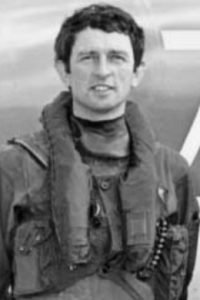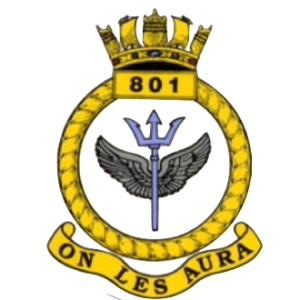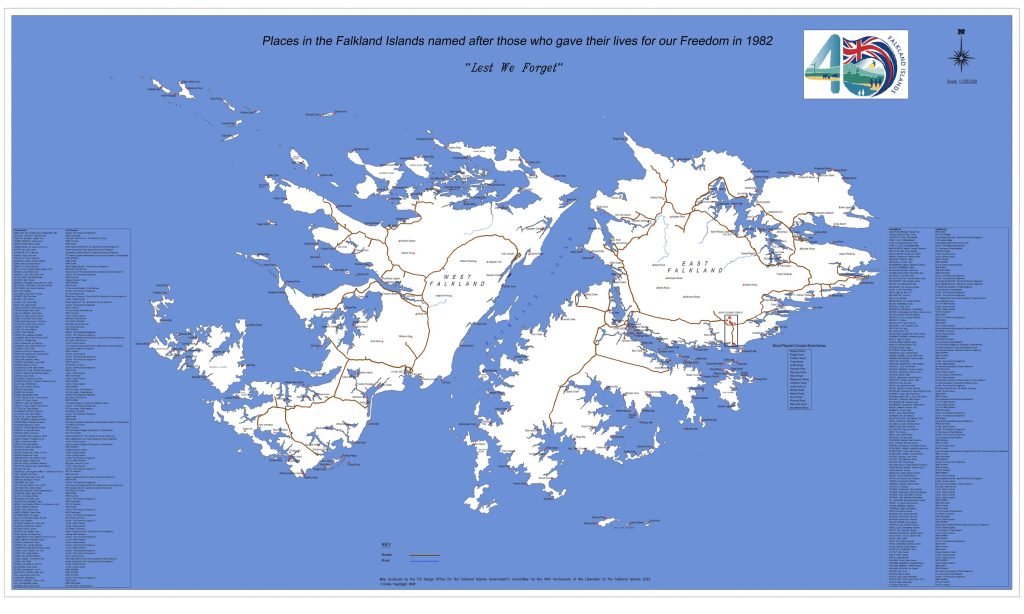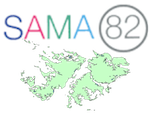
Dedicated to the memory of:

Lieutenant Commander
John Edward Eyton-Jones
801 Squadron Fleet Air Arm



John Eyton-Jones was born on April 24th, 1943 in Northampton. He was the second of two brothers and two sisters. His father, John senior, served in the Royal Artillery during the Second World War. Educated at Northampton Grammar School, he joined the Royal Navy as a Fleet Air Arm pilot in 1964.
Right from the start he was nicknamed E-J and displayed a special talent for the demanding world of fast-jet flying from carriers at sea. Specialising first on the all-weather Sea Vixen fighter, operating from HM Ships Eagle and Hermes, he then moved on to the F-4K Phantom of 892 Sqn in the Carrier Air Group of HMS Ark Royal. By then, E-J had become an Air Warfare Instructor (AWI) and also completed a distinguished tour with the US Navy experimental squadron VX-4 at Point Mugu, California, where his record as an adversary in Air Combat Manoeuvering (ACM) was exceptional. On return to England in 1976 he converted onto the Royal Air Force’s Harrier GR.3, then joined No 1(F) Sqn at RAF Wittering, further enhancing his already unique reputation. When the Sea Harrier FRS.1 joined the Fleet, E-J, by now a Lieutenant Commander, returned to RN service and became an instructor with 899 Squadron NAC (Naval Air Command). He was heavily involved in ensuring that the Air Weapons tactics and training for this new VSTOL fighter were of the highest possible standard.
On April 5th 1982, in the week following the Argentine invasion of the Falkland Islands, E-J was one of five 899 pilots seconded to 801 Squadron, which departed from England in the carrier HMS Invincible in order to establish air superiority within the South Atlantic Total Exclusion Zone. E-J was a strong influence in the intensive work-up schedules that brought the embarked pilots up to operational standard by day and night. He also took part in a number of combat sorties. Then, in the early hours of 6th May 82, E-J and Lt Al Curtis RN, flying a night patrol in two Sea Harriers, were vectored to investigate a suspicious radar contact near the stricken hulk of HMS Sheffield. The weather was appalling, with rain, fog and low cloud. Both pilots failed to return from this mission and were never seen again.
John Eyton-Jones left behind Sally, who he had married in 1966, and two young daughters, Sophie and Anna.
______________________
Joe ‘Hoser’ Satrapa (fighter pilot), CDR USN (retired), USNA Class of 64
While at VX-4, E-J and I were friends. I flew many ACM missions with E-J and was in squadron company with him/family, Sunday afternoons on the beach south of Pt. Mugu. He was a gifted fighter pilot.(instinctive) Aside from having INTEGRITY, he had a superb sense of humor and always sought the positive side of situations. He had an envious attraction about him: beautiful women seemed to gravitate toward him, probably because of his swash buckling ‘Errol Flynn’ demeanor and because he was exceptionally good looking. He was the epitome of the classic aggressive young ‘kick ass’ fighter pilot.
______________________
A Tribute by: ‘Mog’
This poem, entitled Remembrance, was composed in tribute to ‘E-J’ by Lt Cdr David Morgan DSC, a fellow Sea Harrier pilot. ‘Mog’ was a good friend who later on became brilliantly successful in his own right during the Conflict.
Somewhere a skylark sings
With joy, above the field and coombe
Where once he walked, soft-footed,
‘Cross the deep spring-scented leys,
Where chuckling brook, cold crystal
Clear, tumbles and trills ‘twixt
Banks of peppermint and thyme.
Where once his voice laughed out
In praise of field and sky,
And body swam the heady main
Of Nature’s sweetest scents
Upon the passing of the rain,
And languid willows trail
Their fronded fingers though the stream.
Forever stilled now lies this voice,
Hard by some forbidding shore,
In grave unmarked, ‘neath seas
That roam from Horn to Africa.
Yet lives his spirit still in Spring,
And song of birds, and scent of
Cleansing rain, in this green land …

In 2022, as part of the 40th Anniversary commemorations, geographical features were identified and named after the fallen of 1982. EYTON-JONES COVE is a sandy beach at the north end of Grand Jason Island, in the Jason Islands group.
It is in position
51° 01′ 50.53″ S, 061° 06′ 46.19″ W




